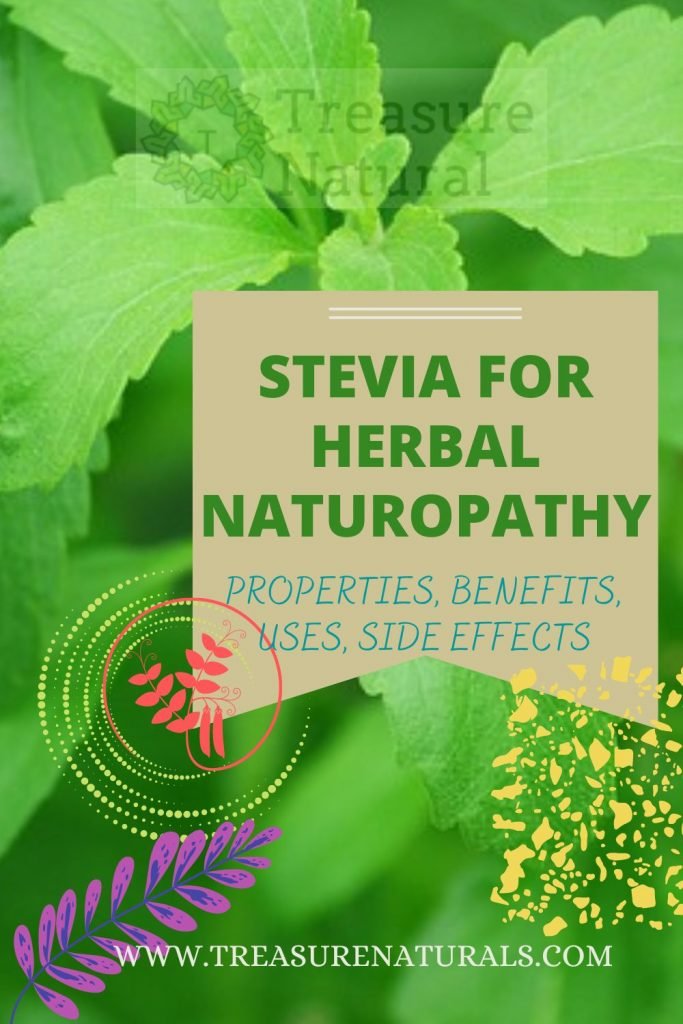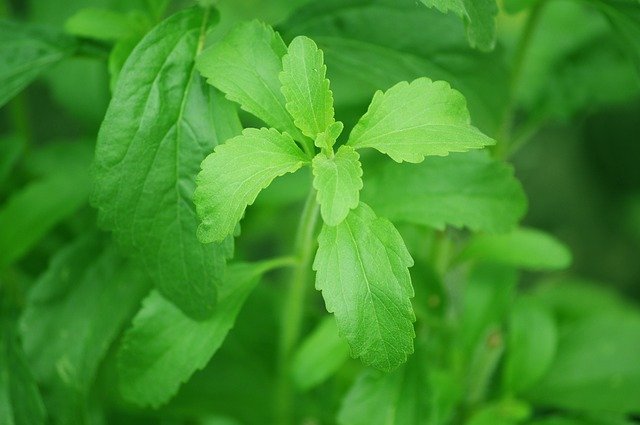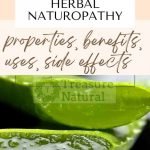
Stevia is a natural sweetener used as an alternative to sugar because it allows you to better control your blood sugar.
Stevia (Stevia rebaudiana) is a small plant of the Asteraceae or Compositae family. Originally from South America and used by local curanderos, it is known for its sweetening power and appreciated as an alternative to sugar in low-calorie diets and to better control blood sugar.
What is stevia
Stevia is a shrub that grows spontaneously in the regions of South America, characterized by small serrated oval leaves with a particular sweet and aromatic taste, similar to that of licorice. This flavor is given by the presence of steviol glucosides, molecules responsible for the sweetening capacity of this plant.
What is the difference with sugar
Common sugar, that is, sucrose, is a disaccharide composed of two sugars, glucose and fructose. Sugar intake provides about 400 calories per 100 grams and increases the blood glucose concentration.
The sweet taste of stevia is not given by the presence of sugar but by steviol glycosides (stevioside and rebaudioside A). These are molecules with a sweetening power up to 300 times greater than sucrose, devoid of calories and unable to increase blood sugar.
As for the use of stevia in cooking, both the leaves and the stevia extract are used to sweeten hot and cold drinks and to prepare spoon desserts, pies and biscuits. The use of stevia is not suitable for the realization of soft doughs.
Stevia is a sweetener with a higher power than sugar: stevia in desserts should therefore be dosed sparingly using less than half of it compared to sucrose.
Nutritional values of stevia
Stevia leaves provide zero calories because they are almost entirely made up of non-digestible fiber. The same thing applies to sweeteners obtained from stevia extract based on steviol glycosides consisting of calorie-free polyols.
Properties of stevia
Stevia mainly boasts sweetening properties but has also been attributed laxative, diuretic, hypoglycemic and hypotensive properties.
The active ingredients of Stevia rebaudiana, so called scientifically, from the name of its discoverer Rebaudi, are:
- Stevioside;
- rebaudioside A;
- rebaudioside C;
- dulcoside A.
More than 200 varieties of stevia have been described in nature, but rebaudiana is the only one to have important sweetening properties.
The sweetening active ingredients are extracted mainly from dried and dehydrated leaves. Depending on the mode of use, it can be more or less sweet: stevia can be consumed both in fresh leaves and in powder, in theform of a dehydrated extract, a white powder, or liquid concentrate.
Benefits and methods of use
The benefits of stevia are especially useful for those suffering from high blood sugar and as an adjuvant in weight loss diets. This is because, despite the sweet taste, stevia does not provide calories and does not increase blood sugar levels.
The consumption of stevia is therefore indicated in people with diabetes and in case of overweight and obesity.
Stevia extracts are also used for skin care(effective against acne, dehydration, wrinkles and skin blemishes) and in the treatment of hypertension.
Contraindications of stevia
Stevia is considered a safe and non-toxic product and its consumption is contraindicated only in case of allergies to the plant. It is however important not to exceed in consumption: the maximum daily dosage of is parts to 4 milligrams of steviol glycosides per kg of body weight per day.
The abuse of stevia can in fact lead to hypoglycemia and hypotension.
Is stevia carcinogenic?
In the past, stevia and its extracts have been the subject of perplexity and doubt. It was feared that steviol (metabolite of stevioside) could have mutagenic and carcinogenic action.
The European Food Safety Agency (EFSA), after reviewing studies and research related to stevia, has evaluated the consumption of stevia and steviol glycosides as safe and has authorised their food use.
Where to buy stevia
Stevia can be purchased in herbalists, grocery stores, supermarkets and online.
On the market it is found in the form of dried leaves whole or in powder or as a powdered extract, lumps, liquid.
Description of the plant, habitat and cultivation
The stevia plant is a shrub that hardly exceeds one meter in height. It has small oval leaves, bright green, serrated at the edges. Stevia leaves are particularly sweet and characterized by an aftertaste reminiscent of the taste of licorice.
To grow stevia you can start from seeds or buy a seedling. The best time to sow stevia is March-April; then you have to get a pot and, at a well-stocked nursery or online, the seeds.
The pot should not be very large, preferably terracotta, and can be filled with universal soil by placing expanded clay on the bottom to drain the water.
The vase should then be placed outside in a bright place but sheltered from the wind. To germinate the seeds, the soil must be kept moist; after about ten days, the first seedlings will sprout which, as soon as they have reached a certain height, will have to be divided and placed in larger pots to be placed in the shade.
To keep the seedlings healthy and robust it is recommended to slightly cover the bases of the same with a mulch made of chips or straw, so as to preserve them from too hot or too cold.
When the plants are adult, they should be watered regularly avoiding stagnation of water.
The best time for harvesting is the end of summer, around September, as soon as the plant is about to bloom, which usually happens in October. The leaves should be dried for a day in the shade and can then be used whole or shredded, depending on the need.
Background

The first attestations of use of this plant date back to the South American curanderos and the indigenous Guaranì who called it Ka’a he’é (sweet grass) and used it both to sweeten the bitter Paraguayan tea,the well-known mate, and to chew it or to make compresses on the skin. The properties of stevia soon spread throughout South America.






